The Galgo Español, often referred to as the Spanish Greyhound, is a breed renowned for its grace, speed, and gentle temperament. Originating from Spain, this …
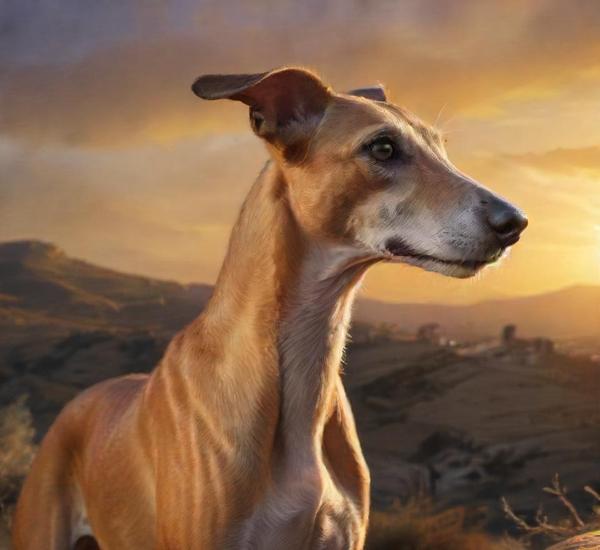
Happy Paws: All About Dogs

The Galgo Español, often referred to as the Spanish Greyhound, is a breed renowned for its grace, speed, and gentle temperament. Originating from Spain, this …
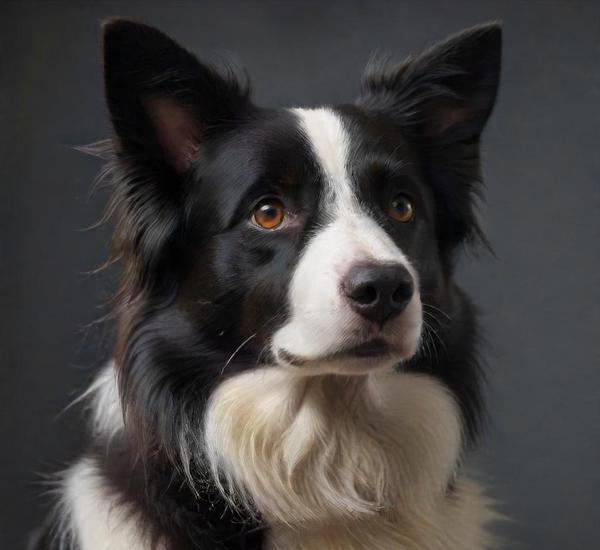
The Border Collie, renowned for its exceptional intelligence and boundless energy, stands as one of the most versatile and captivating dog breeds in the world. …
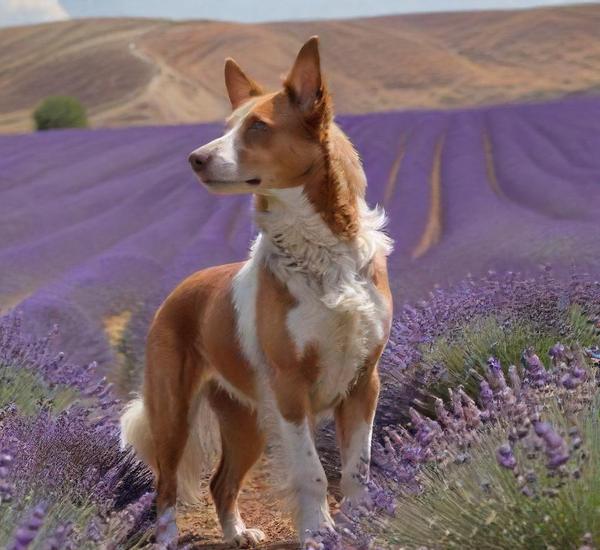
The Braque Français, a distinguished French hunting dog, offers a perfect blend of elegance and utility. With its origins tracing back to the ancient hunting …
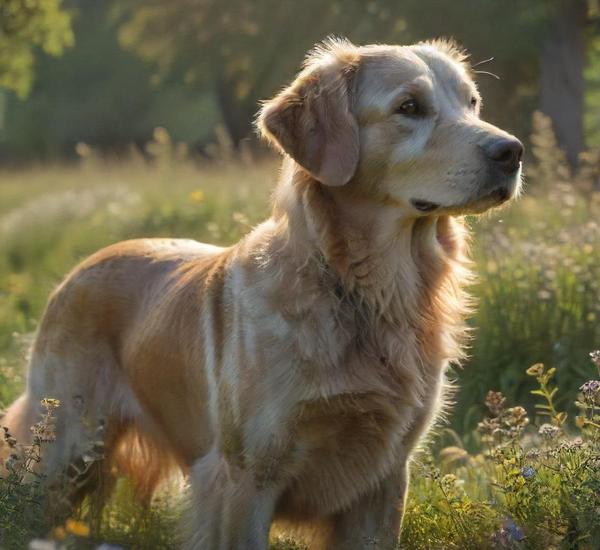
The Braque du Bourbonnais, a breed deeply rooted in French hunting tradition, stands out for its exceptional versatility and charm. Originating from the Bourbonnais region …
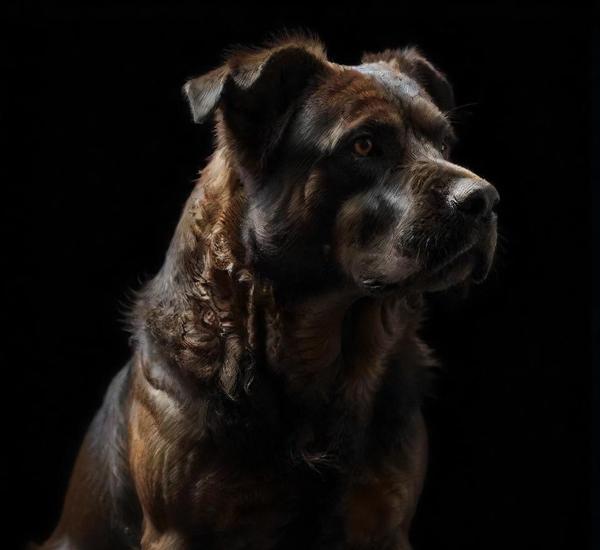
The Molossus of Epirus, an ancient and regal breed, embodies a rich history that traces back to the rugged landscapes of ancient Greece. Known for …
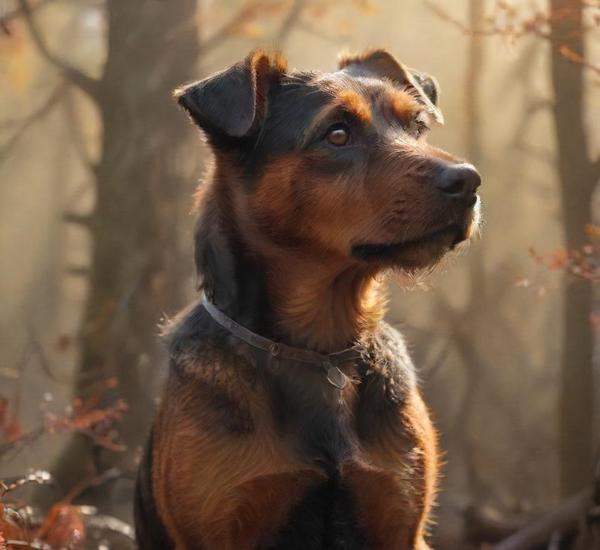
The Jagdterrier, often hailed as a dynamic and versatile hunting companion, is a breed that captivates with its unwavering determination and impressive skill set. Originating …
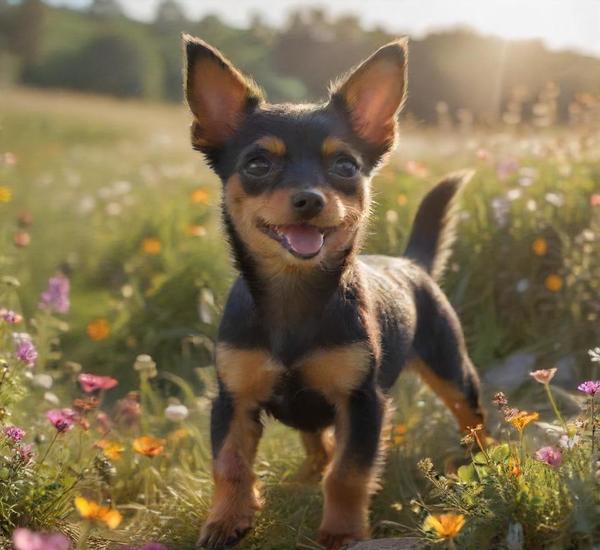
The English Toy Terrier, often overshadowed by its more flamboyant canine cousins, is a breed that brings a unique blend of elegance and charm to …
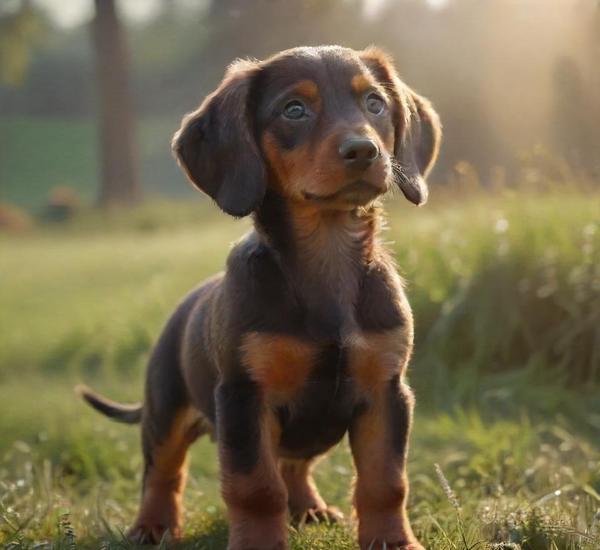
The Westphalian Dachsbracke, a captivating and lesser-known breed from Germany, exemplifies the harmonious blend of traditional hunting prowess and gentle companionship. Originating from the Westphalia …
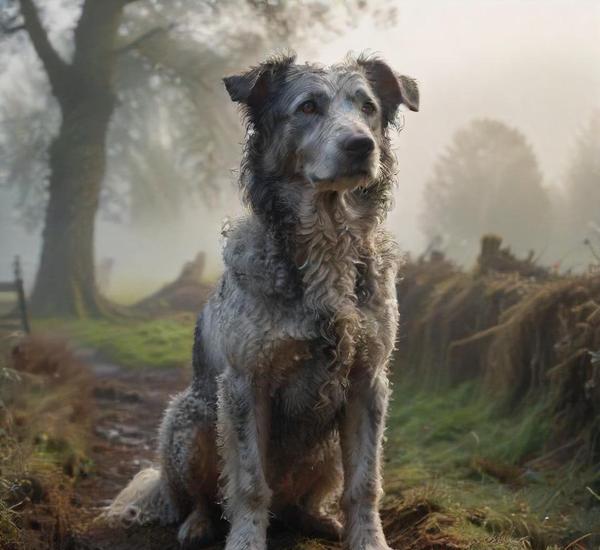
The Wetterhoun, a rare and distinctive breed native to the Friesland region of the Netherlands, is renowned for its remarkable versatility and charming appearance. Often …
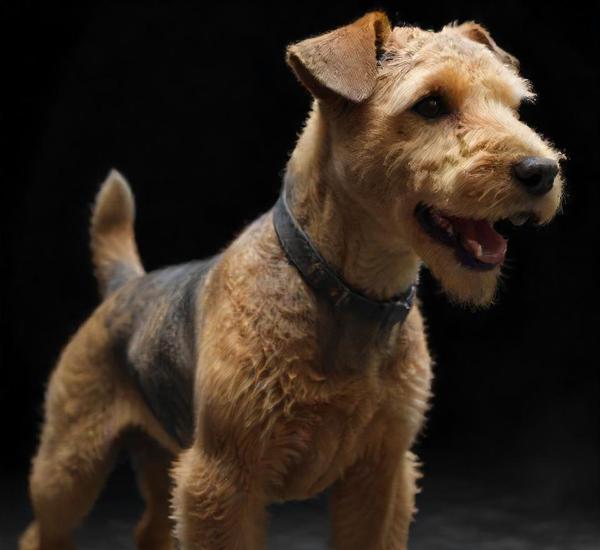
The Lakeland Terrier, a charming and spirited breed, is known for its distinctive appearance and lively personality. Originating from the Lake District of England, this …